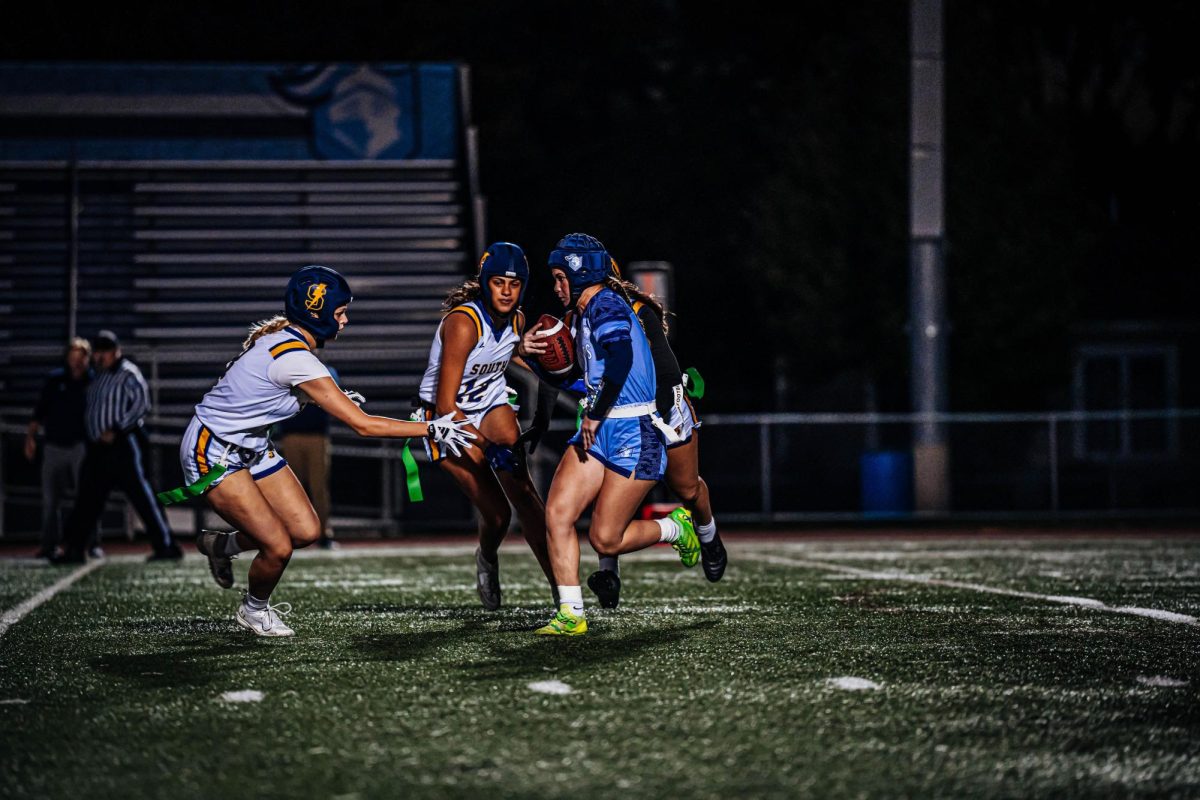Basketball:
According to junior Jimmy Martinelli, the major expense for basketball is the shoes, which can range from $100-$250. Basketballs are provided by the school as well as uniforms.
According to Martinelli, playing for a travel team lends itself better for college recruitment and he feels it is more competitive than high school.
“High school basketball is a great way to work on the fundamentals and to play at a high level with the kids you grew up with,” Martinelli said.
The travel team Martinelli plays for cost over a thousand dollars per season. In the offseason, he estimates that 40 percent of his team participates in a form of travel or off-season training.
Tennis:
According to senior Martina Dragoytchev, tennis expenses derive from equipment, practice space, tournaments and group/ private lessons. Specific equipment that is needed is shoes ($119), a racquet ($200), and Under Armour ($65). Repairing broken strings can be an extra $30.
“If you play [tennis] and you want to be good at it, you have to invest a lot,” Dragoytchev said.
According to senior Breck Murphy, the school solely provides the team with uniforms.
According to Dragoytchev, due to the competitive nature at South, she doesn’t believe she would have succeeded without her outside training.
According to Murphy, nearly everyone on her tennis team participates in a form of offseason work. Varying by player, a private lesson can cost about $80. Some members of the team participate in tournaments in and out of state, Murphy said.
Baseball:
Baseball equipment consists of bats, gloves, mitts, socks, cleats and a bat bag. Together these items can cost up to $965. The school provides the players with helmets and jerseys during the season.
Senior Ben Samborn played travel baseball on the Glenview Blaze baseball team from ages 10 to 17. Typically, the seasonal fee is about $1,200, but Samborn said his family invested another $1,000 in tournaments.
Samborn said that he feels the financial investments have had an impact on his life, but now he is looking into getting a college scholarship to try and get back some of the money spent earlier.
“Off the top of my head, I have some friends who have definitely gotten their money back in scholarships they get,” Samborn said.
According to Samborn, the biggest difference between the high school and travel environments is the competitiveness.
“As a hitter I definitely face better pitching in the summer [with travel], than I do during high school,” Samborn said. “[…] High school is more, you’re playing for your team [and] your teammates.”
Lacrosse:
Lacrosse expenses come from equipment such as a helmet, shoulder pads, stick, cleats, etc. These items can add up to $1,220 for an average player. According to junior McLain Murphy, players are expect to purchase their own equipment. The school will give supplies to a player just starting if needed.
According to junior EJ Reynolds, his travel league costs an additional $3,000 per a season, excluding the prices for travel to tournaments.
Reynolds feels that the competitive nature of the players on South’s lacrosse team depends on the commitment and intention of each player.
“You can pick how competitive you want to be,” Reynolds said. “[Competitive players] take it to the next level with spending the amount of money that they want to. They buy better equipment, invest in clubs and go to showcases.
According to Reynolds, although lacrosse can be an expensive sport, he doesn’t want that to hinder those wanting to play.
“I just try to share [extra equipment] with people who can’t afford [it], just to see if they love the sport,” Reynolds said.
Hockey:
According to Mary Batrich, an employee at Total Hockey, gear for a hockey player can cost up to $2,420. In contrast, the equipment for a hockey goaltender can range up to $5,885.
According to junior Matt Grinde, all this equipment has to be bought by players.
According to senior hockey captain Ryan Buckingham, if one would like to have the best and most protective equipment, the large investment is necessary.
Additionally, Buckingham noted that the hockey team, while they play for South, is not technically a school sponsored sport. This lack of affiliation leads to $3,000 in players fee per year, which pays for ice time at the Glenview Ice Rink, referees, coaches’ salary and league fee.
“In general, hockey is one of the most expensive sports to play,” Buckingham said.
After the regular season, Buckingham says he participates in a spring league and in camps and clinics over the summer. Buckingham believes that if he didn’t have the off-season time, he wouldn’t be as successful in hockey.
“You definitely need to keep training in the off-season, or else you will fall behind,” Buckingham said. “It’s gotten to be a very intense, competitive sport because it’s non stop.”
*Graph is ranked in order of least expensive to most expensive sport. The school will provide financial aid if needed to play.








